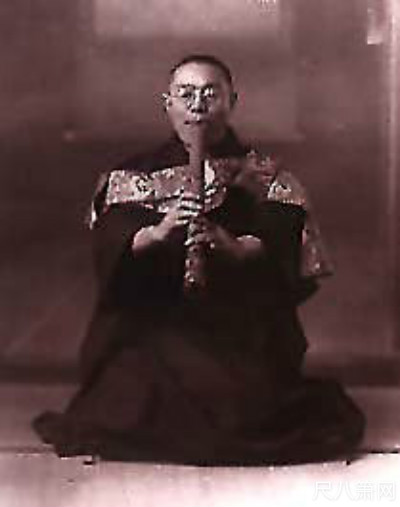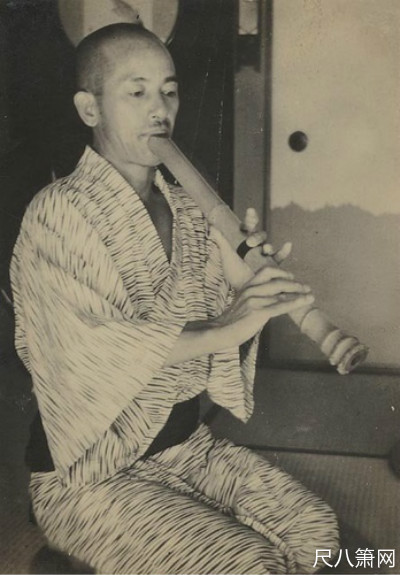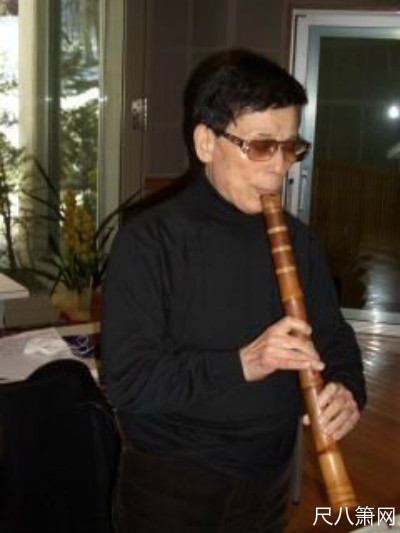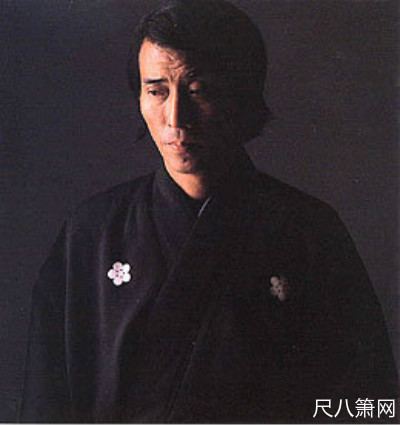Taiwan Shakuhachi(台湾尺八)台灣尺八
For the past 30 days, there was accumulated 3800 pages reviewed by all visitors. 30 % from overseas. It contains 18 countries overall ( 4 are not counted because the number of samples are not enough). I am afraid of not being able to give all of you any interesting discovery from this BLOG. So I have to do somthing only for you.
So this article is written specially for those who visit this BLOG from outside of this country.To translate Chinese to your local language is nearly not possible for me at this moment. So I decide to write a brief report for all of you from overseas. Thanks for your visiting. To talk about shakuhachi activities in Taiwan, the history connection between Taiwan and Japan need to be briefly mentioned to be able to understand the status of Taiwan Shakuhachi.
I believe everyone know the shakuhachi was from ancient China - Tang Dynasty back to 1200 years ago. But I will skip that part since it's was so easy to have those information from web site no matter in Japanese or English web site.
In 1895, the Qing Dynasty was signed the Treaty of Shimonoseki and handed over Taiwan to Japan after losing the Sino-Japanese War.And it ended at 1945 when Japan lost World War II. This 50 years occupation had long lasting effects on Taiwan and Taiwanese culture. So Taiwanese always have more positive view of Japan than any other Asians countries.The past localized Japanese language education could be the major reason of those effects especailly for those age above 60. This cause and effect do make positive interactive in music part too.
Enga used to be the name of Japanese popular song but it was composed especially for vocal not for instruments, and it was widely spread before and after World War II. The music influence was continued even after Japanese withdrawn from Taiwan decade ago. In Taiwan, many people can sing Japanese songs. Some words of songs are still in Japanese. Most of them are in Chinese translation.But the melody always stays the same. Today,those kids who listened Enga with their parents 40-50 years ago become the major part of Taiwan Shakuhachi socilty members.Many of them played shakuhachi for over 30-40 years, but only Enga 4-5 years ago.
The most famous Japan shakuhachi player of Enga was Muraoka Minoru.The music from Muraoka Minoru became the best practiceing example for local shakuhachi music lovers. So many of the shakuhachi players had much longer experience than any other western countries people. Because Enga just like modern western music. It's composed for western music scale.So 7 holes shakuhachi are very popular here.
Muraoka Minoru used to be a Dozan Ryu player. But after considering the shakuhachi music market in Japan is not easy to expand. So he decide to do something else other than Honkyoku. To worked with quite a few famous Enga singers. He become very famous enga shakuhachi player in Japan. Even today in Japn, he is still the only Enga shakuhachi player who could have popular reputation and great finalcing support. I believe his records was over 100 at least. And he still keep doing this till today.
October 12,1934. The most legend Japanese shakuhachi player- Jin Nyodo(1891~1966)visited Tainan 2nd high school and hold concert there. From my understanding, this might be the first Japanese shakuhachi player hold his concert here in Taiwan history.

(如道会 神如道 尺八吹奏)
In Taiwan shakuhachi history, the second player can be traced back to year 1943- who named Yokoyama (橫山竹男 ) was the 3rd to be appointed to a city mayor of Kaohsiung during 1943~1944. His photo is still preserved in history exhibition room at Kaohsiung city hall.

After that, there are no any other famous shakuhachi player visited here for few decades till Enga shakuhachi player - Muraoka Minoru was invited by local Record company around 1976. I have no idea how many LP was published here. But many people here still have his records.

After Muraoka Minoru, In 1988, The Japan National Treasure - Yamamoto Hozan lead Tozan Ryu to have a concert in National Concert Hall. There was over 100 people on the stage to perform Honkyoku and modern shakuhachi music. I think the group was here only for performance purpose , basically not for education or popularizing shakuhachi music. So the impact of Tradition shakuhachi music was small this time and not spread across this small island.

(都山流 邦山会 山本邦山 )
----to be continued ----
评论列表: